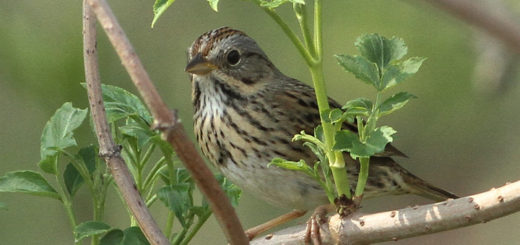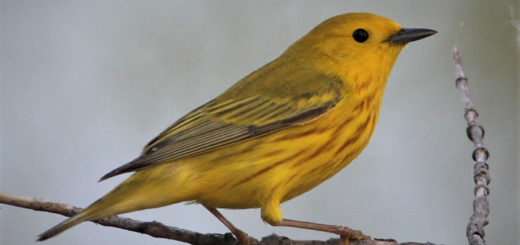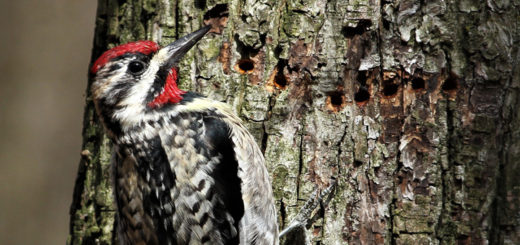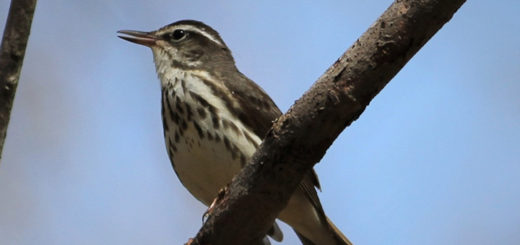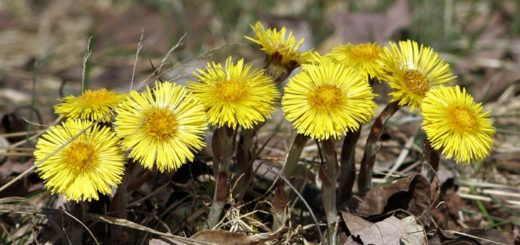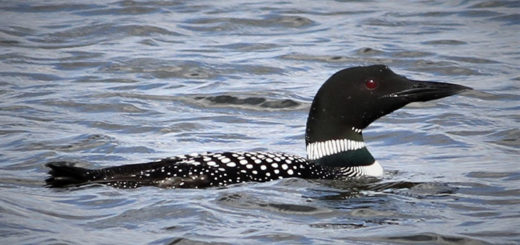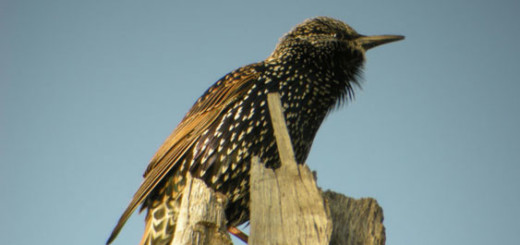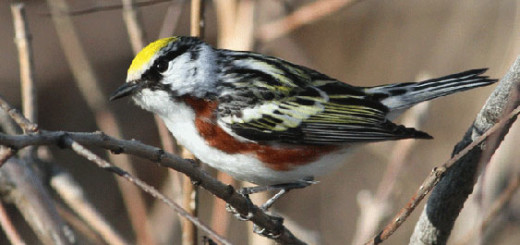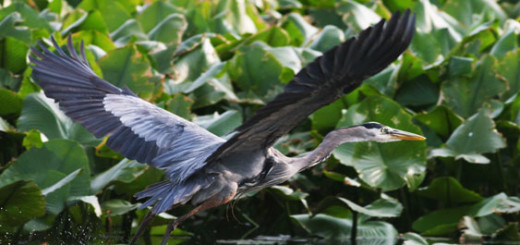Category: Uncategorized
Sapsucker – How much sap could a sapsucker suck…
Photo by Matt Valencic
Yellow-bellied Sapsuckers drill a series of horizontal “sapwells” in the bark of birch and maple trees then drink the sap from these wells. Hummingbirds also take advantage of these sapwells. This is the only migratory woodpecker in the Eastern US.
Louisiana Waterthrush – I’m a picky nester!
Photo by Matt Valencic
The Louisiana Waterthrush is actually a warbler but it looks like a thrush. It searches for a forested ravine with a clear stream that flows all summer for its territory (it eats invertebrates from the stream). It is one of the earliest migrating warblers. Holden...
Coltsfoot – I’m not a dandelion
Photo by Matt Valencic
This edible flower is a true harbinger of spring. It grows in ditches, along roadsides, on forest edges, and on steep slopes prone to landslides. It tolerates wet, poorly drained areas, and riverbanks susceptible to spring flooding. As a medicinal herb, coltsfoot has anti-inflammatory properties...
Loon – Look for me at La Due Reservoir In April
Photo by Matt Valencic
Loons are best known for their eerie calls across northern lakes in summer. Powerful swimmers and excellent fishermen, they can remain submerged fishing for a long time, surfacing far from where you watched them dive. The oldest known bird was 29 years old!
European Starling
This highly successful non-native, alien, invasive species was introduced to North America in 1890 by Eugene Scheifflin whose goal was to transplant all of the birds mentioned in William Shakespeare’s plays. Now our native cavity nesters are paying the price because the Starlings are usurping...
Chestnut-sided Warbler
Here is a warbler that nests in North-eastern Ohio. In all the years of John James Audubon’s time of bird study he only saw one! Today on a good day during spring migration several could easily be seen. This bird likes scruffy, brushy, successional habitat....
Great Blue Heron
These colony nesters are the largest herons we have in Ohio. They are hardy souls and some will stick with us all winter if there is some open water to fish in. Most migrate south for better fishing and frogging. They will eat just about...

